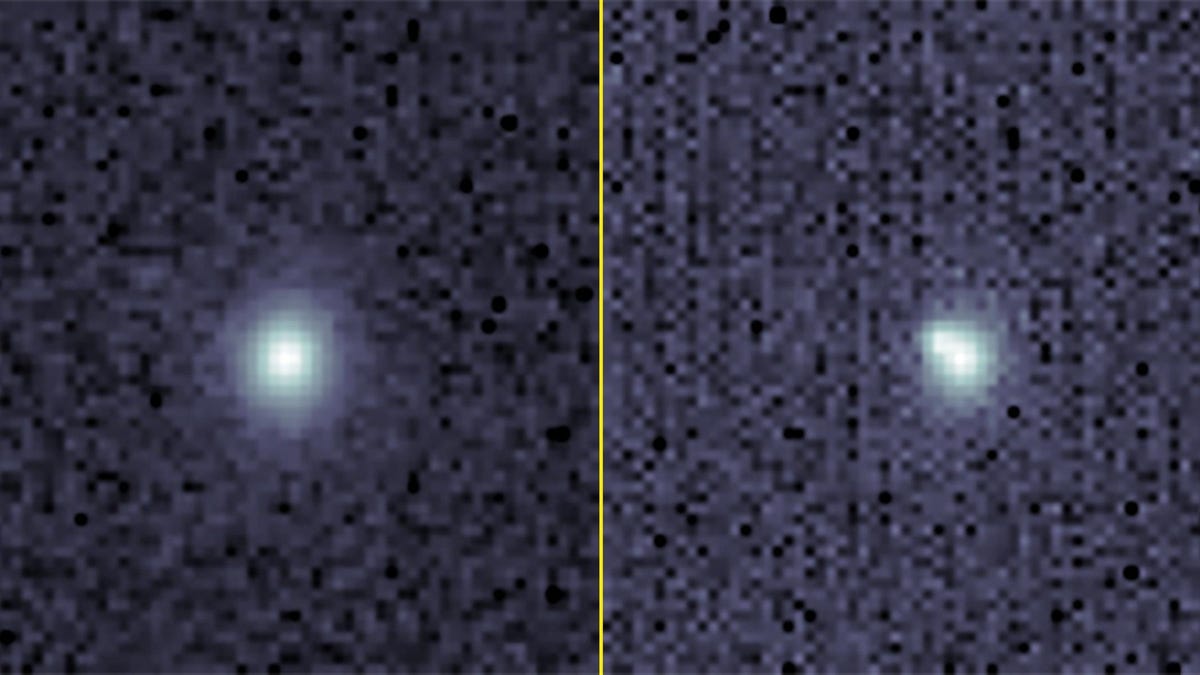You can add supernova spotting to the laundry list of accolades attributed to artificial intelligence. This week, a collaboration of astronomers led by Northwestern University said they have developed the world’s first AI-assisted, fully automatic supernova detection, identification, and classification system. The powerful new tool, which the scientists say could “significantly streamline” large studies of exploding stars in the future, has already detected its first supernova.
Prior to this tool, astronomers involved in its creation say, supernova detection relied on a combination of automated systems and human verification methods. Ordinarily, robotic telescopes gaze out into sections of the sky in search of new potential supernova sources that weren’t there before. Once a candidate is spotted, the process is then usually handed over to humans operating telescopes with spectrographs to collect the source’s spectrum, or dispersed light. The automated tool, dubbed the “Bright Transient Survey Bot” (BTSbot),” aims to remove that human middle-man from the process.
Researchers fed the BTSbot machine learning algorithm 1.4 million images from 16,000 astronomical sources. Those images included past evidence of supernovae, glaring galaxies, and temporarily flaring stars. Equipped with that training set, the AI model was able to identify a new supernova candidate and automatically request its spectrum reading from a robotic telescope at the Palomar Observatory in California. The system eventually identified the supernova candidate as a “stellar explosion” in which a white dwarf star fully exploded, and it automatically shared its findings with the astronomical community. In other words, the AI system identified and shared the new discovery all on its own—great news to the humans involved.
“The simulated performance was excellent, but you never really know how that translates to the real-world until you actually try it,” Northwestern graduate student Nabeel Rehemtulla said in a statement. “We felt a huge wave of relief.”
Astronomers responsible for building BTSbot believe all that extra time saved trying to manually detect and identify supernovas will give human scientists more time to analyze their observations and consider new ideas.
“Ultimately, removing humans from the loop provides more time for the research team to analyze their observations and develop new hypotheses to explain the origin of the cosmic explosions that we observe,” Northwestern Assistant Professor of Physics and Astronomy Adam Miller said.
Of course, astronomers don’t necessarily need fully automated AI systems to snap snazzy supernova images. Keep reading for a series of some of the most interesting supernova discoveries in recent memory. If you’re feeling particularly sentimental, you can pour one out for human supernova detectors while you’re at it.

